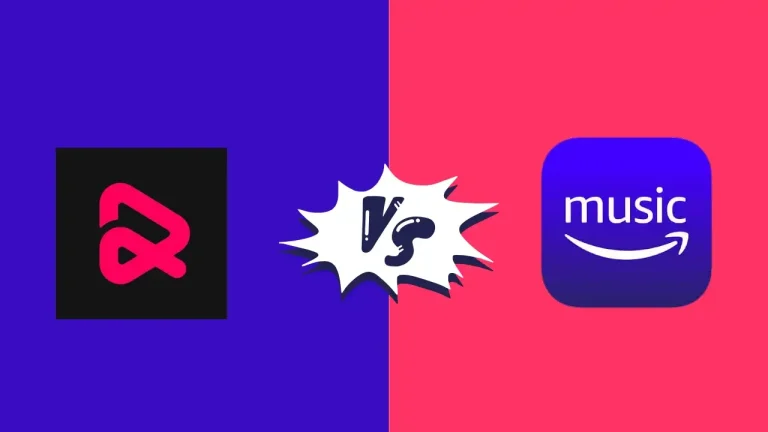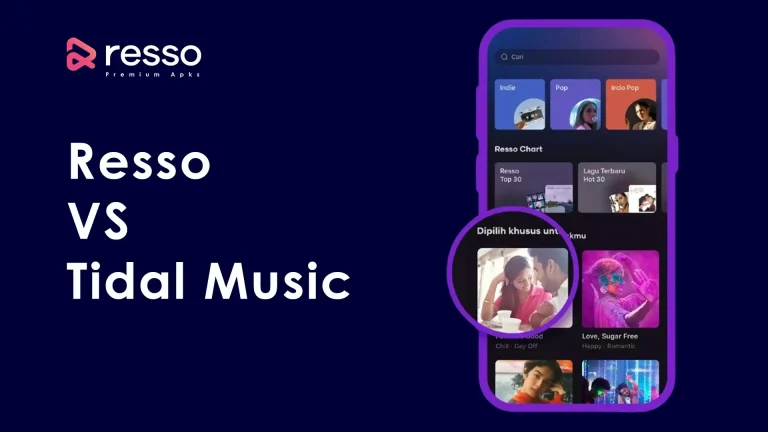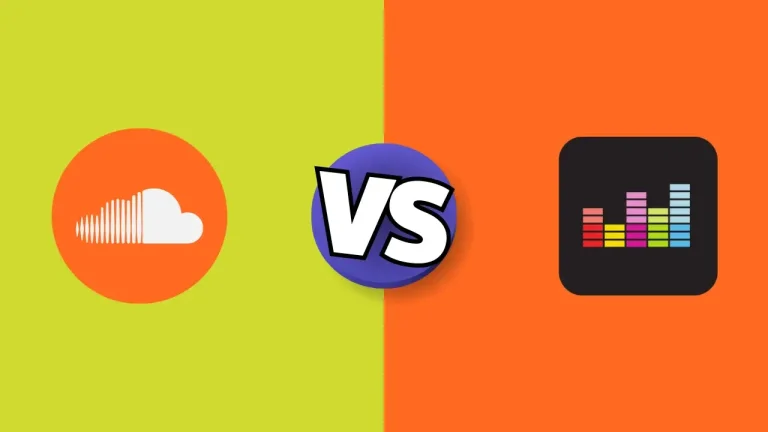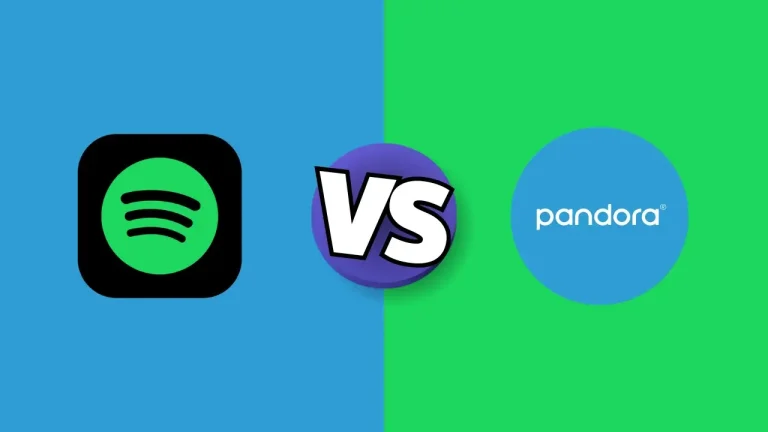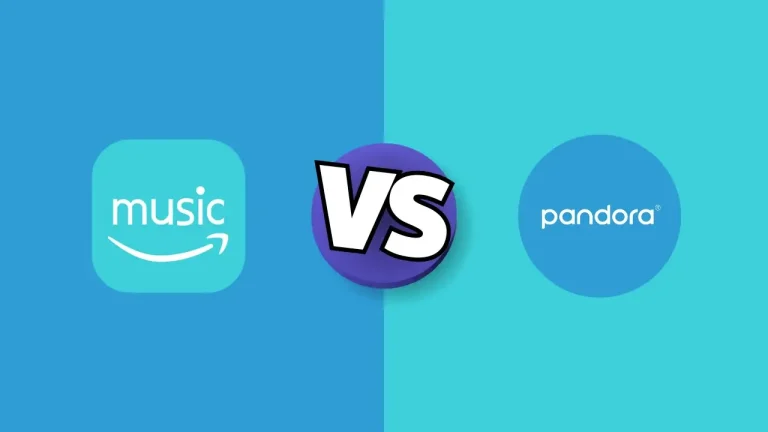Introduction
In today’s digital age, music streaming platforms have revolutionized the way we consume music. Among the many choices, Resso and SoundCloud have emerged as two unique platforms with their own set of features. But which one is better for artists and listeners? This guide dives deep into comparing Resso vs SoundCloud to help you make an informed decision.
Music streaming platforms are at the heart of how we experience music in today’s digital world. With platforms like Resso and SoundCloud, listeners can access a seemingly endless library of tracks, and artists can share their music with global audiences. But how do these two platforms stack up against each other? Whether you’re an artist trying to share your music or a listener looking for new tracks, this guide will break down the key differences between Resso and SoundCloud.
What is Resso?
Resso is a relatively new player in the music streaming industry, launched by ByteDance, the parent company of TikTok. The platform aims to provide a more interactive music experience by blending music streaming with social engagement. With features like lyric-sharing, commenting on songs, and playlist creation, Resso wants users to not just listen to music but to engage with it more deeply.
Target Audience for Resso
Resso is designed for younger users who love sharing music experiences and connecting with their favorite artists. Its social elements, such as commenting on songs and sharing them across platforms, appeal to a more socially-active, mobile-savvy generation.
What is SoundCloud?
SoundCloud, on the other hand, has been around since 2007, and it has built a reputation as the go-to platform for indie artists, producers, and DJs. SoundCloud allows anyone to upload their tracks, making it a favorite for underground musicians and a platform that supports raw, unpolished music from rising stars.

Target Audience for SoundCloud
SoundCloud primarily caters to indie artists, underground producers, and DJs. It’s a place where fans can discover new music that’s not available on traditional platforms. If you’re a budding artist looking to break into the music scene, SoundCloud is your playground.
User Interface Comparison: Resso vs SoundCloud
Design and Usability of Resso
Resso’s interface is sleek, modern, and user-friendly. The app is designed to encourage interaction, with easy-to-navigate menus, lyric sync features, and quick access to sharing options. Its design heavily borrows from social media platforms, making it appealing for users familiar with apps like TikTok or Instagram.
Design and Usability of SoundCloud
SoundCloud’s interface has undergone various updates, but its focus has always been on simplicity. Users can easily browse, search, and upload content. However, compared to Resso, SoundCloud’s interface is more music-centric than social-focused. While it may not have the same visually appealing design as Resso, it’s highly functional, especially for artists.
Music Discovery: Resso vs SoundCloud
How Resso Handles Music Discovery
Resso’s algorithm is driven by user interaction. The more you engage with songs—by liking, commenting, or sharing—the more tailored your music recommendations become. The platform also uses personalized playlists to introduce new tracks that align with your musical preferences.
How SoundCloud Promotes New Music
SoundCloud is renowned for its music discovery potential. With its large catalog of user-uploaded content, fans can find everything from chart-topping hits to underground beats. The “Discover” tab helps users find new artists based on what’s trending, what’s new, and what other users are liking.
Social Features: Resso vs SoundCloud
Social Interactions on Resso
Resso emphasizes social engagement. Users can comment on individual tracks, share their favorite lyrics, and create playlists that others can follow. This makes the listening experience more collaborative and interactive.
Social Interactions on SoundCloud
SoundCloud allows users to leave comments on specific time stamps within tracks, which is a unique feature. Artists can interact directly with their fans, and listeners can engage in discussions about specific parts of songs. This feature fosters a deep connection between artists and fans.
Music Library: Resso vs SoundCloud
Resso’s Music Library
Resso focuses on providing popular mainstream music across various genres. As part of ByteDance’s ecosystem, it has access to a growing library of licensed music, though it still lags behind major players like Spotify in terms of content depth.
SoundCloud’s Vast Music Library
SoundCloud boasts one of the largest music libraries in the world due to its user-uploaded content. Artists from all over the globe contribute music, including indie and experimental tracks, making SoundCloud’s library more diverse and eclectic than Resso’s.
Monetization Options for Artists: Resso vs SoundCloud
How Artists Make Money on Resso
Resso allows artists to monetize their music through licensing deals and streaming royalties, similar to other major platforms. However, the platform is still growing in terms of providing opportunities for indie artists to earn from their music.
How Artists Make Money on SoundCloud
SoundCloud offers multiple monetization paths for artists, including SoundCloud Premier and Repost by SoundCloud, allowing artists to earn money through plays, subscriptions, and reposts. For many independent artists, SoundCloud is a vital source of income.
Subscription Plans: Resso vs SoundCloud
Free vs. Paid Options on Resso
Resso offers both free and paid subscription options. The free version comes with ads, while the premium version provides an ad-free experience with additional features like offline listening and higher audio quality.
Free vs. Paid Options on SoundCloud
SoundCloud also offers a free version with ads and premium subscriptions such as SoundCloud Go and SoundCloud Pro Unlimited, which cater to both listeners and artists. Premium users enjoy ad-free listening, offline playback, and exclusive content.
Audio Quality
When comparing audio quality, both platforms offer standard streaming quality in their free versions, but with premium subscriptions, users get access to higher audio bitrates. SoundCloud’s SoundCloud Go+ subscription offers high-quality audio, while Resso’s premium version provides an improved audio experience with fewer data limitations.
Accessibility and Availability: Resso vs SoundCloud
Geographic Availability of Resso
Resso is relatively limited in terms of global availability, as it is primarily available in countries like India, Indonesia, and Brazil. The platform is slowly expanding, but it has not yet reached many major music markets.
Geographic Availability of SoundCloud
SoundCloud, on the other hand, is available globally, making it a more accessible platform for both artists and listeners across the world.
Mobile and Desktop App Experience: Resso vs SoundCloud
Resso’s App Performance Across Devices
Resso’s mobile app is where it shines. With a design optimized for mobile use, it offers smooth performance and easy access to social features. However, Resso lacks a strong desktop presence, limiting its appeal to users who prefer listening on computers.
SoundCloud’s App Experience Across Devices
SoundCloud offers both mobile and desktop apps that perform consistently well across devices. Its desktop version is particularly useful for artists who want to upload and manage their tracks more easily.
Content Variety: Resso vs SoundCloud
Genres and Music Types Available on Resso
Resso mainly focuses on mainstream music, with a strong emphasis on popular genres like pop, hip-hop, and EDM. While it does have a diverse range of genres, its library isn’t as extensive as other platforms.
Genres and User-Uploaded Content on SoundCloud
SoundCloud offers an enormous variety of music genres, thanks to its user-uploaded content. From indie and experimental to mainstream hits, SoundCloud is home to an incredible range of sounds.
Community and Fan Engagement: Resso vs SoundCloud
How Fans Interact with Artists on Resso
Resso’s social features allow fans to engage with their favorite artists in real-time. By commenting on songs and sharing lyrics, fans can directly connect with artists and express their appreciation for their work.
SoundCloud’s Fan-Artist Dynamic
SoundCloud is built on community interaction. Artists can receive direct feedback from their fans via comments, and listeners can share and repost tracks, helping underground artists gain more visibility.
Conclusion
Both Resso and SoundCloud have their strengths and cater to different types of users. Resso is perfect for listeners who value social interaction and want to engage with music on a more personal level. SoundCloud, however, is better for indie artists and fans looking for raw, unpolished music from emerging talent.
In the end, your choice between Resso and SoundCloud will depend on what you’re looking for in a music platform. Do you want to discover fresh, new indie tracks? Or are you more interested in a social music experience? The decision is yours.


